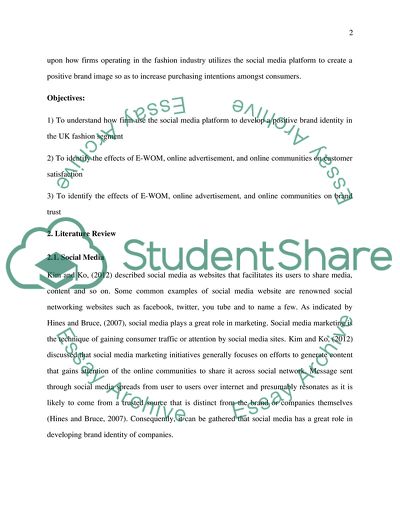Cite this document
(“Brand Identity Development and the Role of Social Media Essay”, n.d.)
Brand Identity Development and the Role of Social Media Essay. Retrieved from https://studentshare.org/marketing/1700934-brand-identity-development-and-the-role-of-social-media
Brand Identity Development and the Role of Social Media Essay. Retrieved from https://studentshare.org/marketing/1700934-brand-identity-development-and-the-role-of-social-media
(Brand Identity Development and the Role of Social Media Essay)
Brand Identity Development and the Role of Social Media Essay. https://studentshare.org/marketing/1700934-brand-identity-development-and-the-role-of-social-media.
Brand Identity Development and the Role of Social Media Essay. https://studentshare.org/marketing/1700934-brand-identity-development-and-the-role-of-social-media.
“Brand Identity Development and the Role of Social Media Essay”, n.d. https://studentshare.org/marketing/1700934-brand-identity-development-and-the-role-of-social-media.


